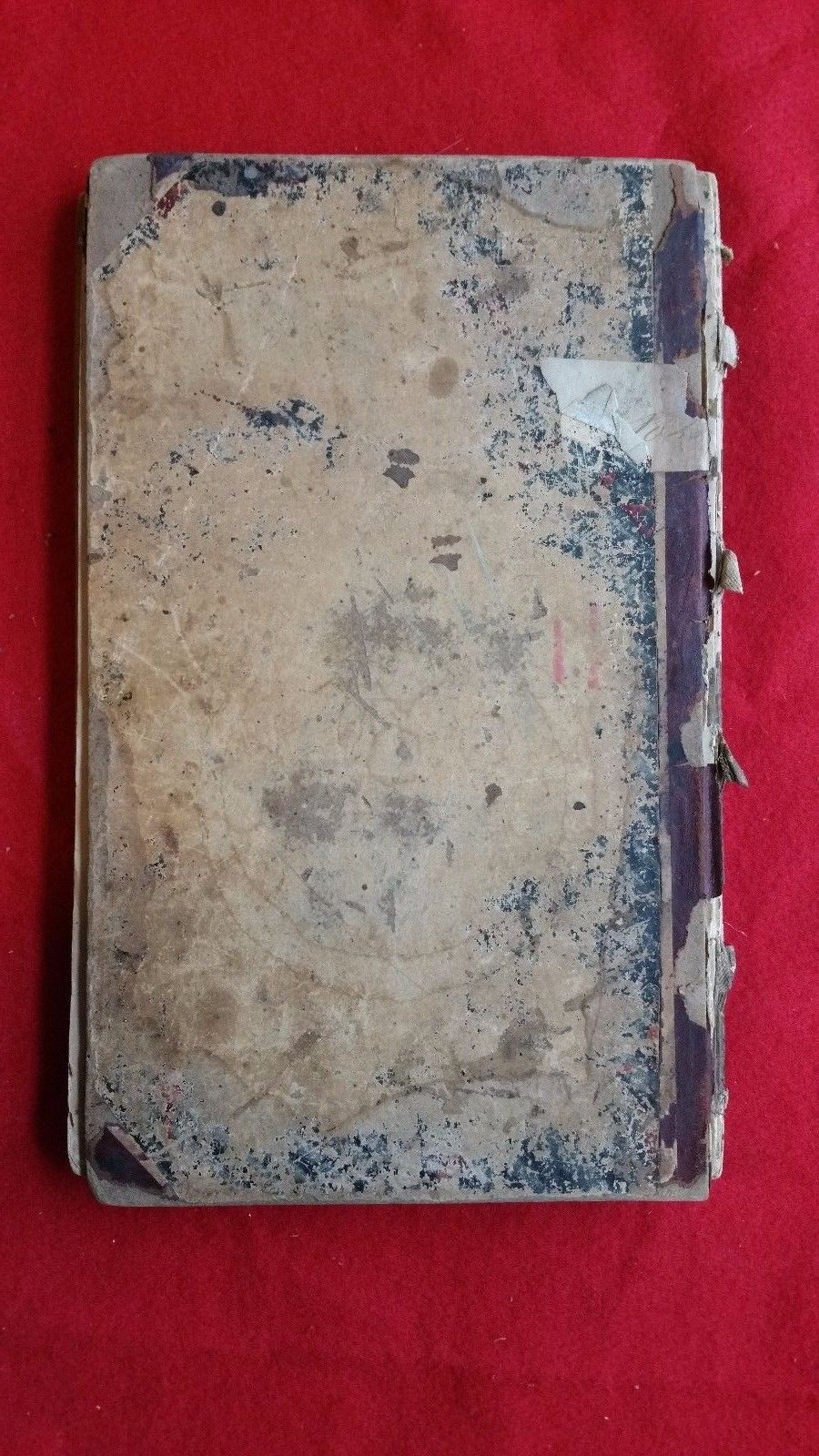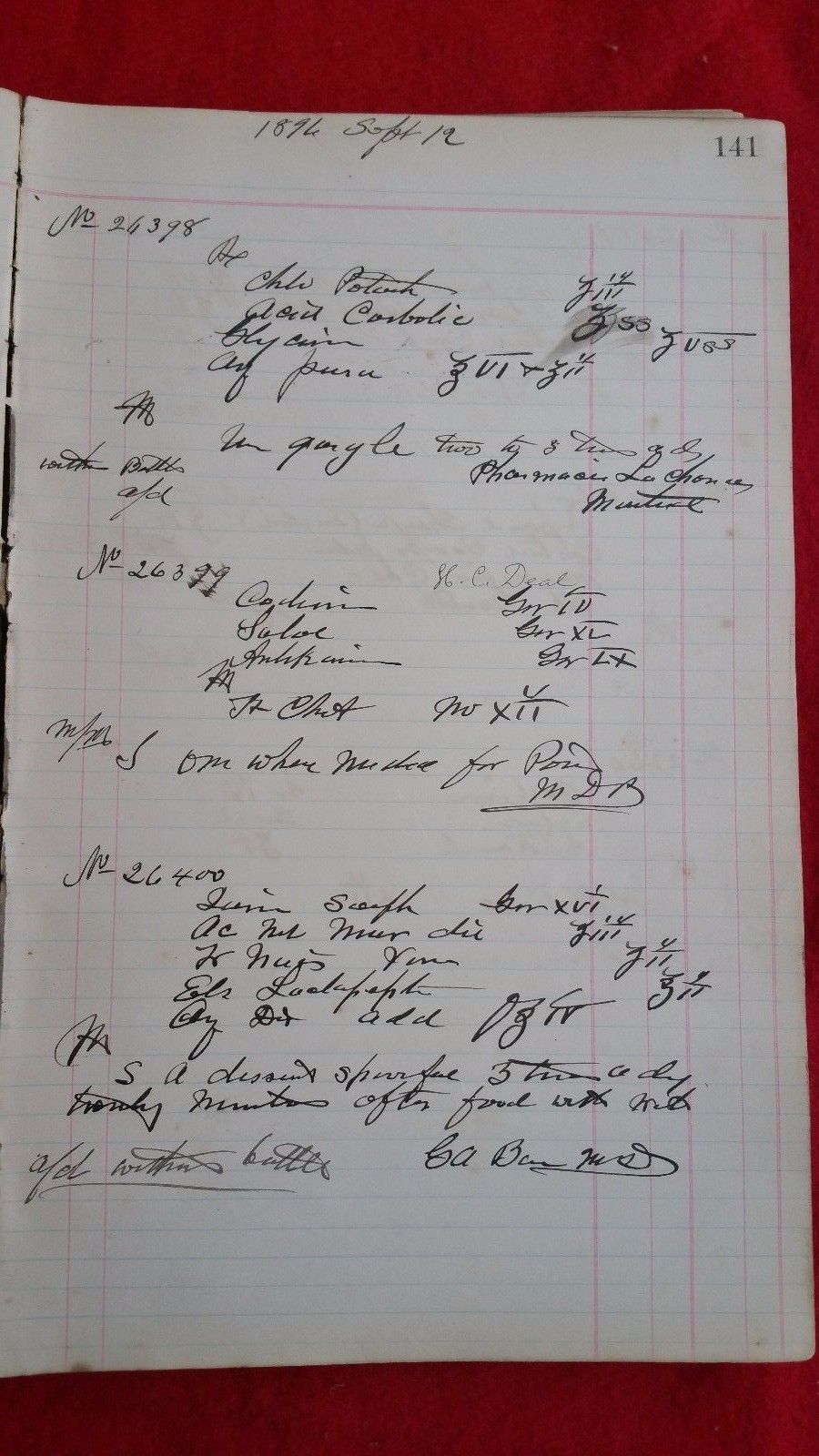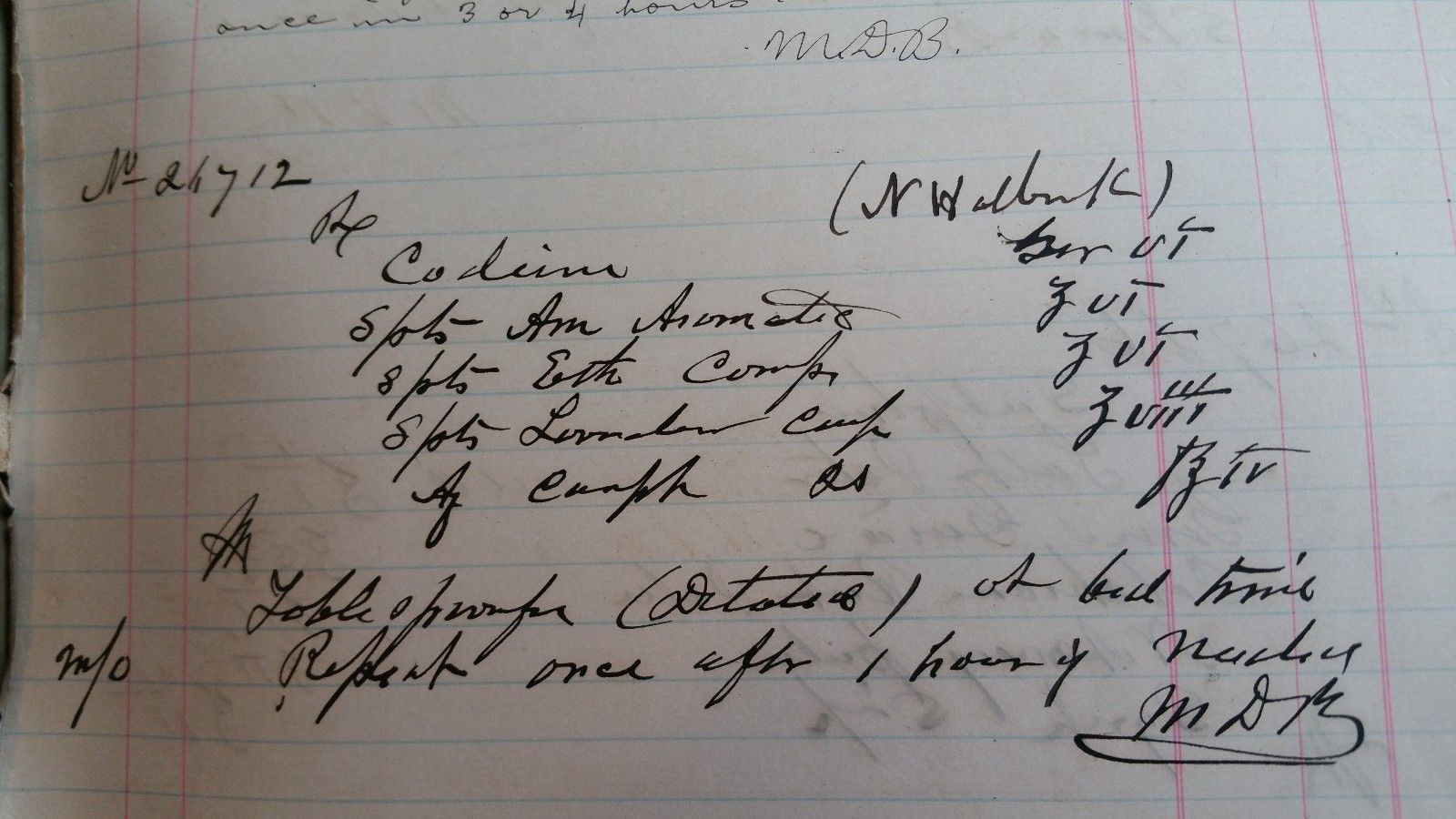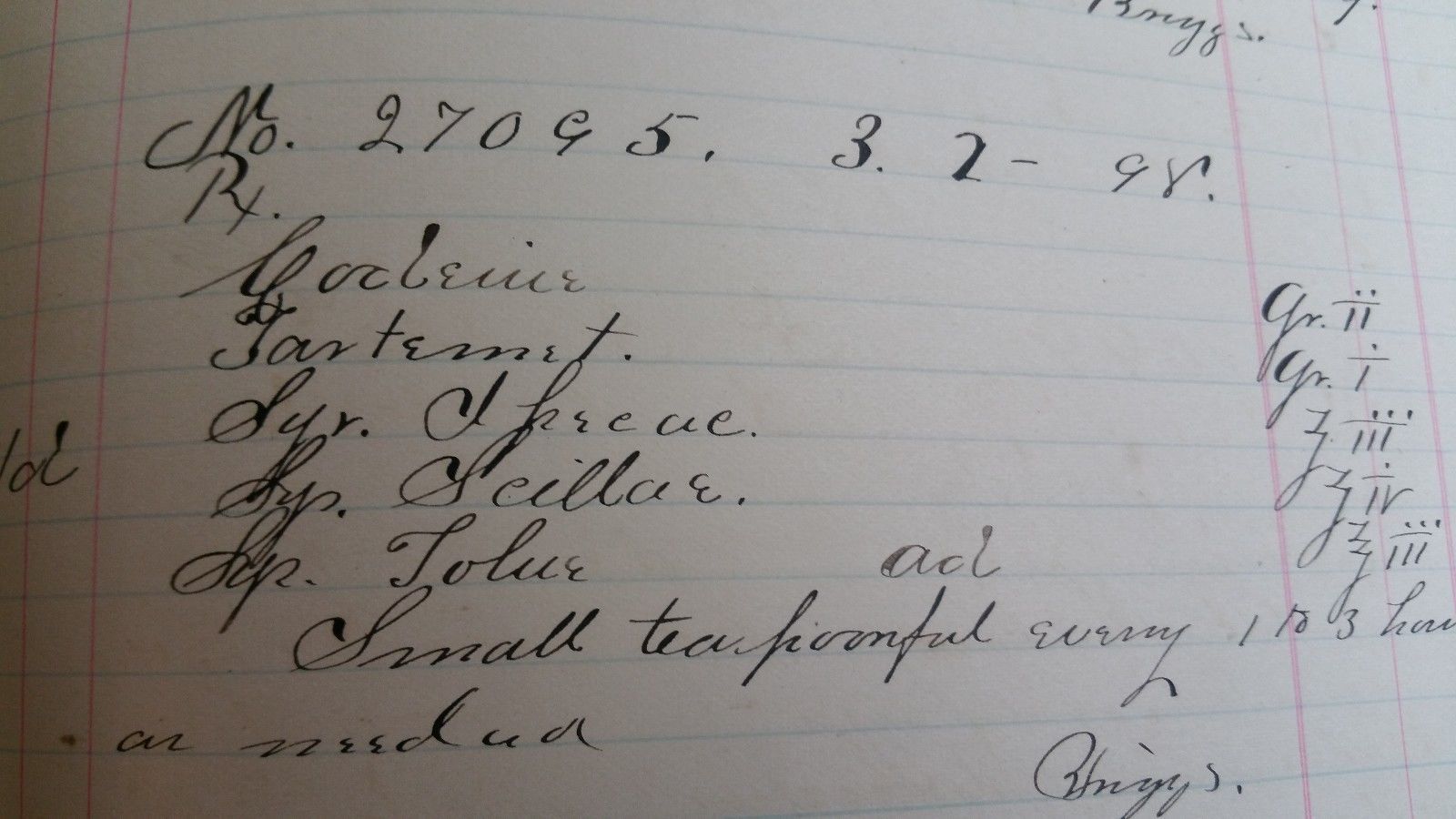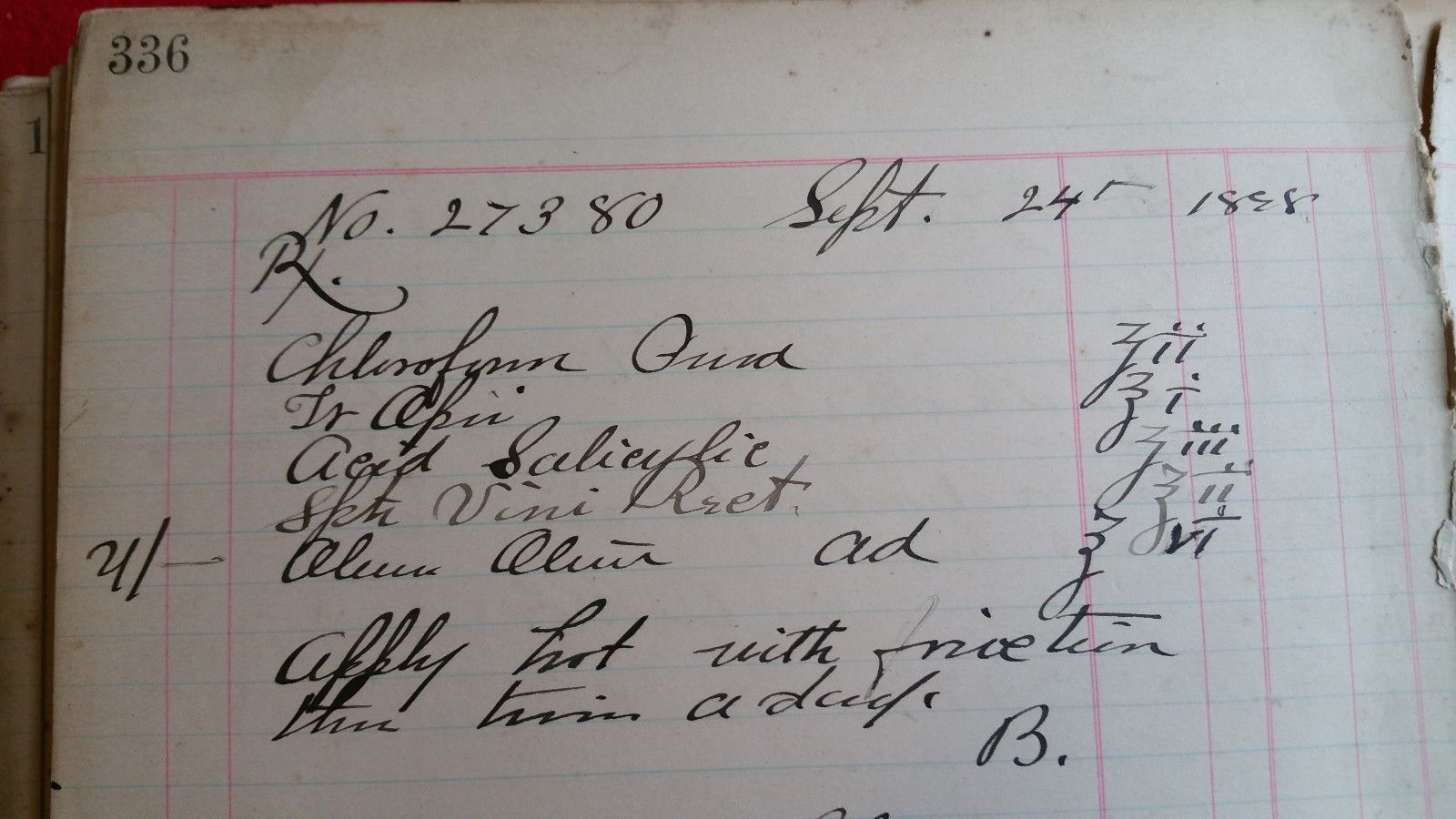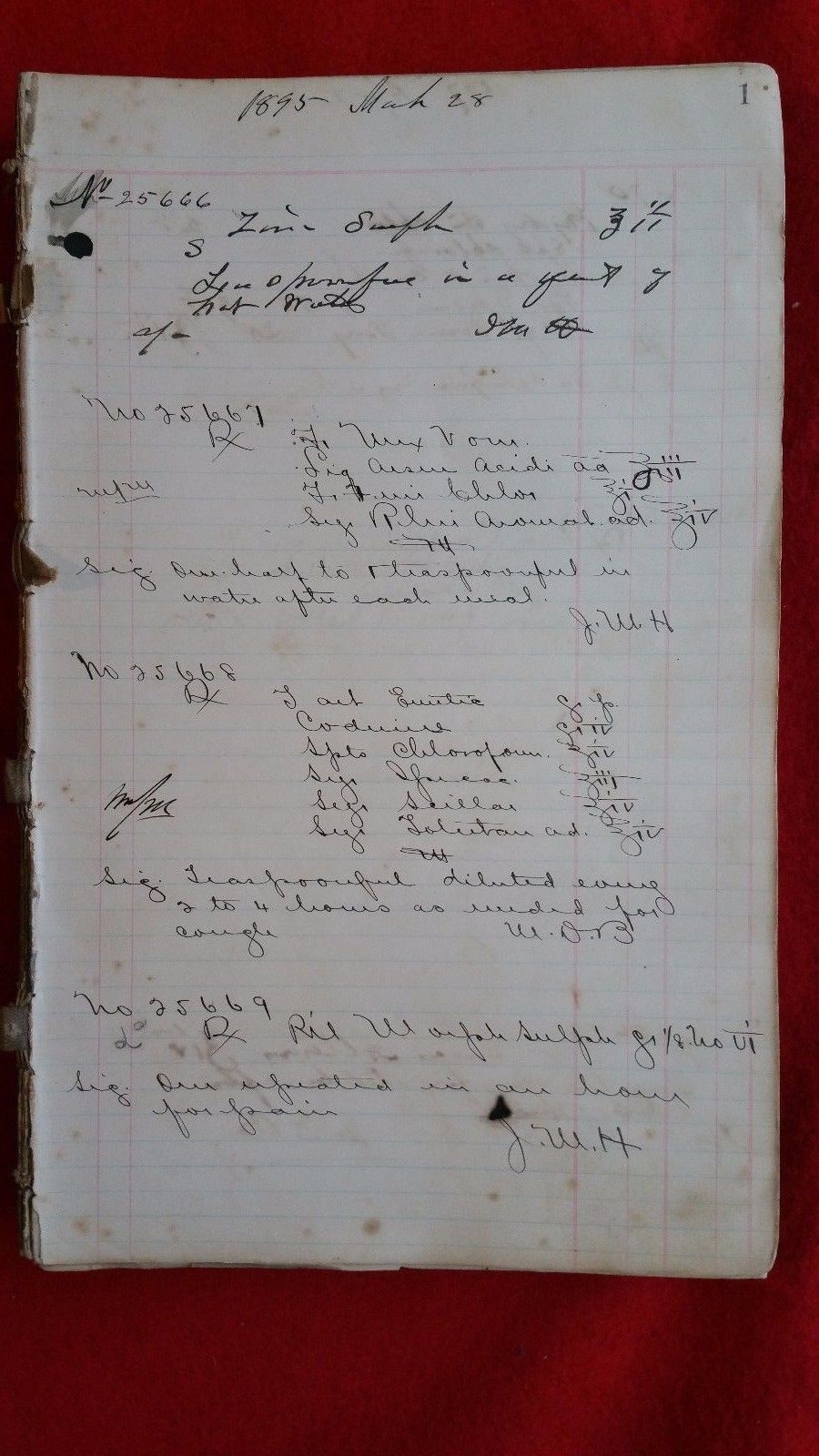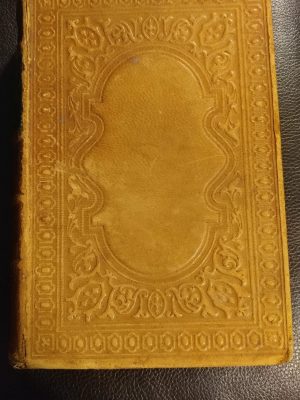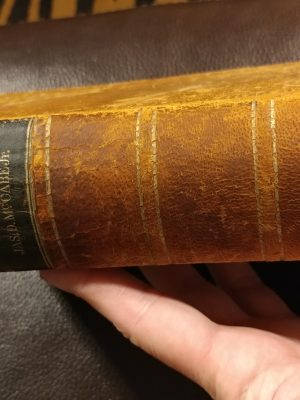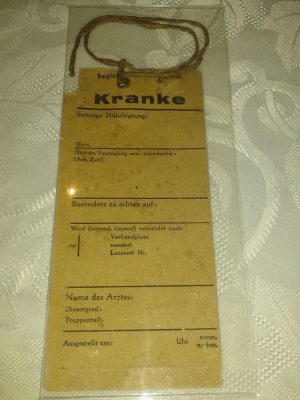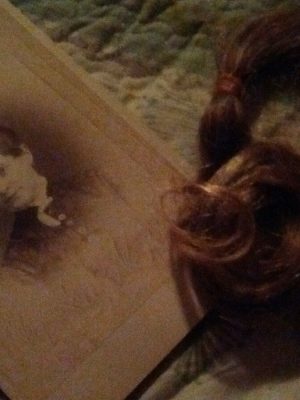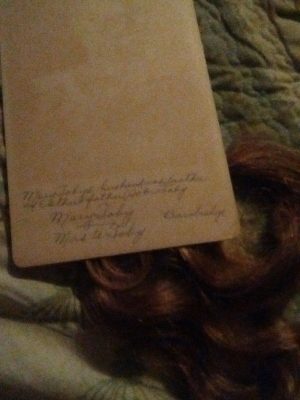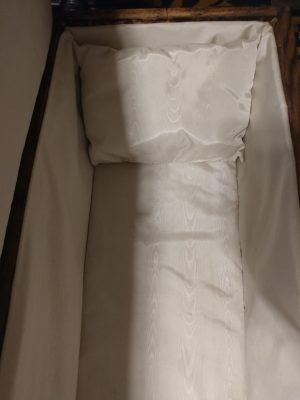$499.00
Available!
For sale is an INCREDIBLY RARE, most unique, one of a kind, prescription recipe journal from the 1800’s. (Only one on eBay… and I’ve never seen anything similar in my 30 years of collecting!) What if there is some secret formula in here that could cure cancer, AIDS, etc?
Much different, rarer, more valuable than journals seen from the 1900’s!
We purchased it knowing that it came from a building that once housed a drug store in Champlain, NY. operated by a druggist named “W. Branch”. It has been part of a private collection for over 50 years stored in heated, dry conditions, and protected from sunlight.
Champlain, New York is located on the Canadian and US Border in northern New York State. The town is physically about 50 miles from Montreal, Canada.
The journal was primarily the work of Dr. J.M. Hackett of Champlain, N.Y. “Hackett” was a local Doctor in the 1800’s, and “Branch” was the local druggist!
It’s a one hundred and twenty-one-page formulary or recipe journal from the practice established by Dr. J.M. Hackett spanning the period between October 17, 1898 to March 28, 1899. Obviously, you can expect to see great insight in the practice of medicine in the 1800’s.
Each order was as a prescription, and was a “recipe” that came right out of the thought processes of, and reduced to writing by Dr. J.M. Hackett or his associates. (They routinely would initial their recipe after reducing one to writing in the journal.) For his journal Dr. Hackett used a blank book with page numbers with lines and columns and after filled in, it contains more than 300 pages onto which the doctor did write more than 2800 recipe’s (ideas). The druggist would then compound each recipe for the patient to use.
Such a formulary (recipe book) does show a lot of insight into the 1800’s lives and attitudes of Dr. Hackett and his patients.
Which drugs were considered useful? Also, based on our knowledge today, which “drugs” used by Dr. Hackett were unknowingly worthless? What were the primary complaints of his patients? What conditions were they being treated for?
All recipes were obviously all hand written by a man who used a talented penmanship. Many of these individually would make a handsome and interesting framed presentations. Each was assigned a number, from # 25566 thru # 27474. Many were obviously written by a writing instrument dipped in ink.
It contains hours and hours of fascinating information. Occasionally Dr. Hackett had some assistance, like on May 24, 1895, you will see two signed orders from a Dr. J C Poissant. On September 2, 1895 Dr. DuBois appears, and later Dr. Dodge, and a few others.
Between page #76 and #77 is a separate piece of paper inserted with a prescription signed by B. C. Mooe, Dispensing Druggist. I left it there!
The medical preparations recorded in this recipe book indicate that a wide range of conditions were treated and undoubtedly considerable pharmaceutical skill employed in preparing the formulations. Therefore, it can safely be assumed that a skilled dispenser was used, (in this case, Druggist Moore.)
Many different formulations were used. One example was “powders”, which to be administered, had to be temporarily suspended in water or milk. Inevitably some of the powder was left adhering to the glass.
Other examples are ointments and the like. Medications for external application included Sulphur ointment for the itch and ringworm, mercury ointment for venereal warts, lupus and other ulcerous conditions, detersive (cleansing) ointment, resinous ointments for indolent ulcers, ointments for head lice, boric acid ointment and potassium iodate ointment for the treatment of scrofulous glands. (Scrofula is the Latin word for brood sow, and it is the term applied to tuberculosis of the neck.)
Camphor was incorporated in Lead Acetate Ointment, an ointment with a Soft Paraffin base. Camphor would provide analgesic and counter-irritant properties, yielding another preparation that would perhaps help the patient
Liniments, lotions including soap, turpentine, belladonna and camphor were used to combat the pains of rheumatism, scorbutic conditions, gout and chest complaints, including tuberculosis. Belladonna could have been used for the treatment of typhus.
Dilute Hydrochloric acid!!
Other preparations (and I cannot list them all) like “poultices” perhaps used to treat bed sores and other ulcerous conditions. Lots of sodium salicylate and lots of codeine was used!
Sarsaparilla!! Chloroform!! Nitroglycerin!!
The occurrence of cleansing lotion, lead lotions, acne lotion and iodine paints, and reference to dilute sulphuric acid perhaps used as an agent for the removal of ringworm scales. Other topically applied agents suggest that skin complaints were very frequent.
Most prescriptions were individually dated!!
This recipe book offers the reader an insight into the medications of the time. Of course, it does not explain the effectiveness of the treatments used. That is left to your imagination!
THIS BOOK IS EXTREMELY RARE!!!
It’s historical!
It’s Educational!
It’s one of a kind!
It shows beautiful penmanship!
Invaluable !!
It would be a perfect gift for physicians, nurses, or your family pharmacist!
It’s a great contribution to any drug collection!
Individual pages are
Frameable!
Condition:
It is 8-1/4” wide, and 12-3/4” tall and is 1” thick.
Front cover is missing, but this is exactly in the condition as I originally acquired it. It is unfortunate but having over 300 pages of information, I did not mind that it was missing. Nor was there any option to “go get it”. Page # 337 and 338 are missing. This is how fate and time provided it to me.
Original pages are numbered from #1 thru #358 in top, right corners.
As you can expect with paper that is over 120 years old, it is yellowed from age. Some pages have stained evidence of some sort of liquid was spilled toward the bottom of the page. Keep in mind this was maintained where all the manufacturing (compounding) was taking place. The spine is loose, which again, is exactly how I acquired it. Edges of pages show wear, but not terrible, and certainly to be expected from an item such as this.



